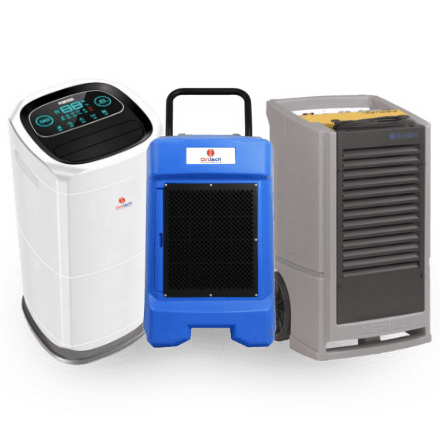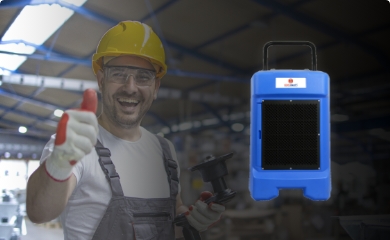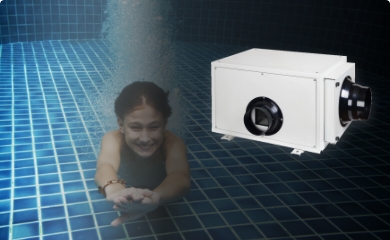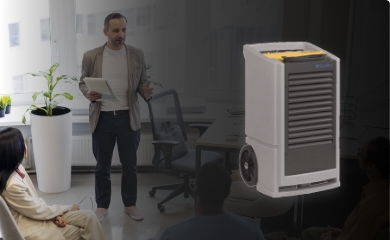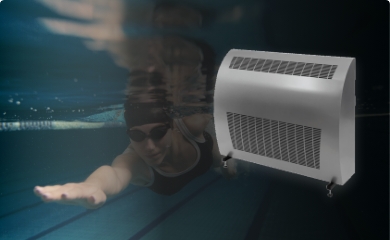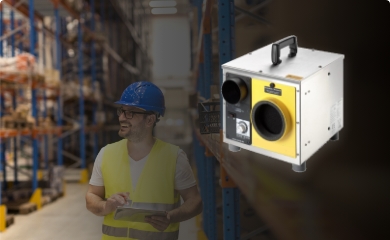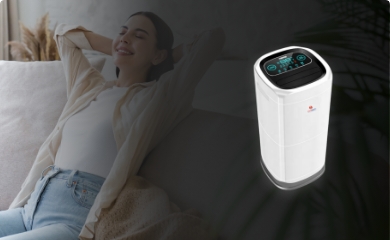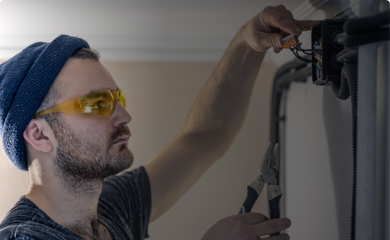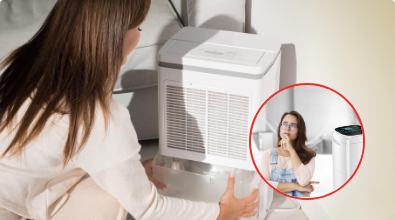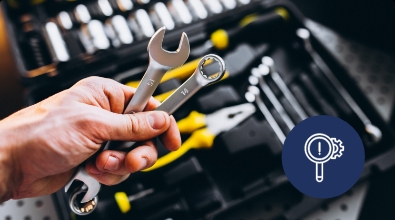Based on the mounting, dehumidifiers can be classified into portable or mobile dehumidifiers, ceiling dehumidifiers, wall mount dehumidifiers, ducted or duct mount dehumidifiers.
Portable or mobile dehumidifiers can be defined as units that are primarily used for small-scale humidity management, usually in residential areas, homes, and small offices. These units are capable of efficiently removing large volumes of moisture from the air, and are light-weight and inexpensive. Portable dehumidifiers are among the most commonly used dehumidifiers in the UAE.
Ceiling mount dehumidifiers fall under the category of refrigerant dehumidifiers, and work on the same principle of absorbing warm air, passing it over a condenser coil to extract moisture, and release the dry back into the environment. However, these types of dehumidifiers are typically used in large commercial settings such as warehouses or storage facilities, and normally fitted in ceilings or high up on a wall, where space is limited. These dehumidifiers are typically ducted, which means they can be attached to an existing ventilation system, which distributes dry air throughout the entire space.
Wall mount dehumidifiers are no different from ceiling mount dehumidifiers, except from where each of these dehumidifiers are mounted. Wall mount dehumidifiers are typically mounted up on a wall, while ceiling mount dehumidifiers are mounted on the ceiling or high up on the wall. Both of these units are specifically designed to save up floor space.
Ducted or duct mount dehumidifiers are machines that can be connected to an existing ventilation system for effective circulation of dry air in the entire space. Ducted dehumidifiers are most commonly seen in large industrial and commercial facilities, such as factories, warehouses, or storage areas, where portable or non-ducted dehumidifiers are not a practical solution. These dehumidifiers are best suitable for environments with high humidity levels and where constant moisture control is critical.
